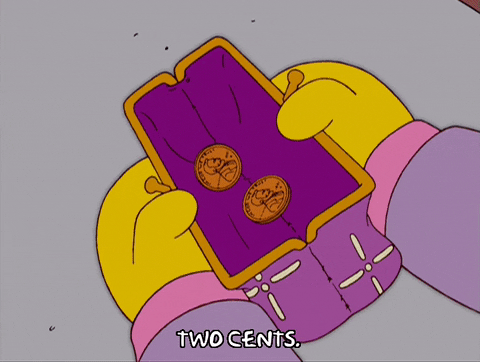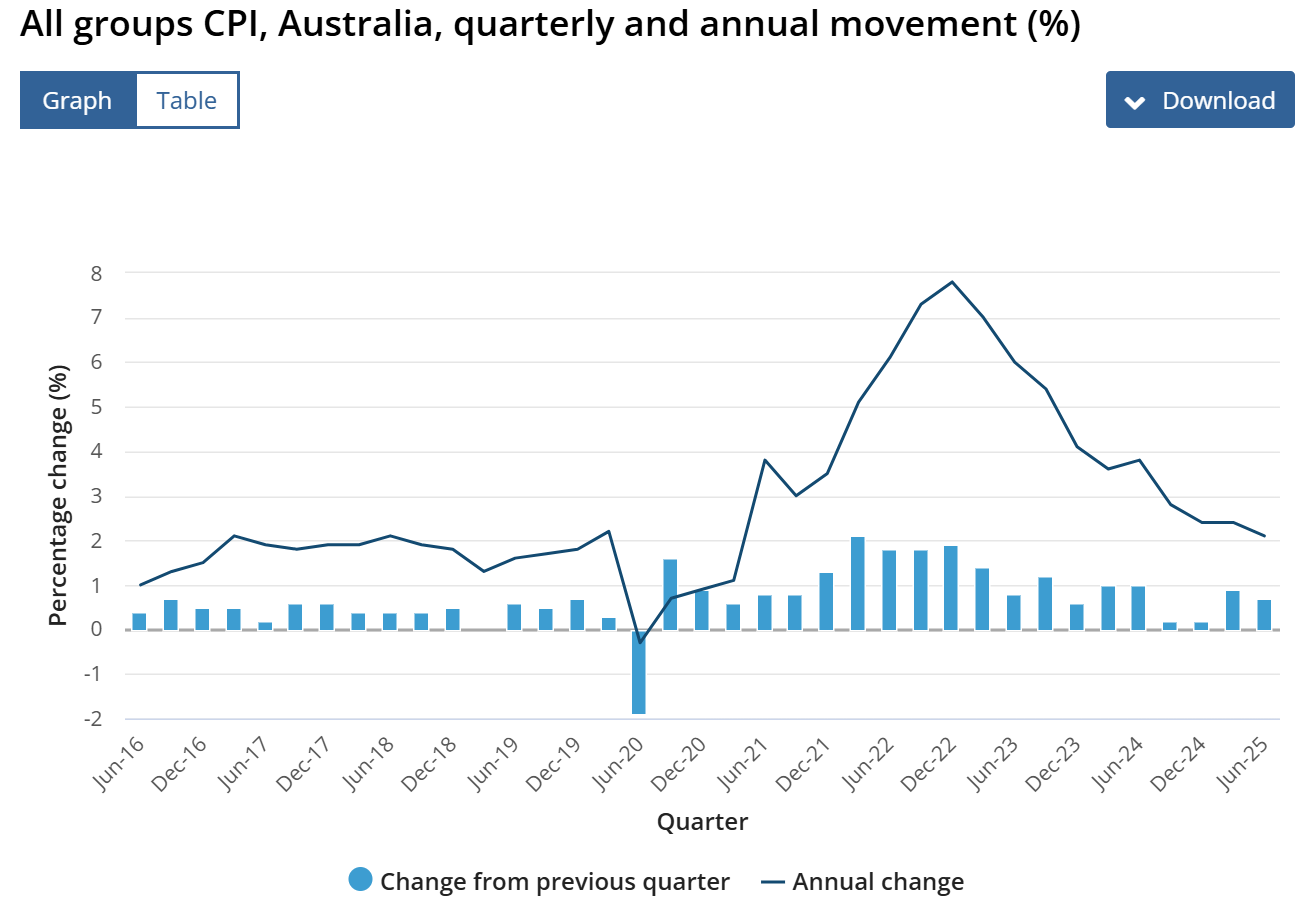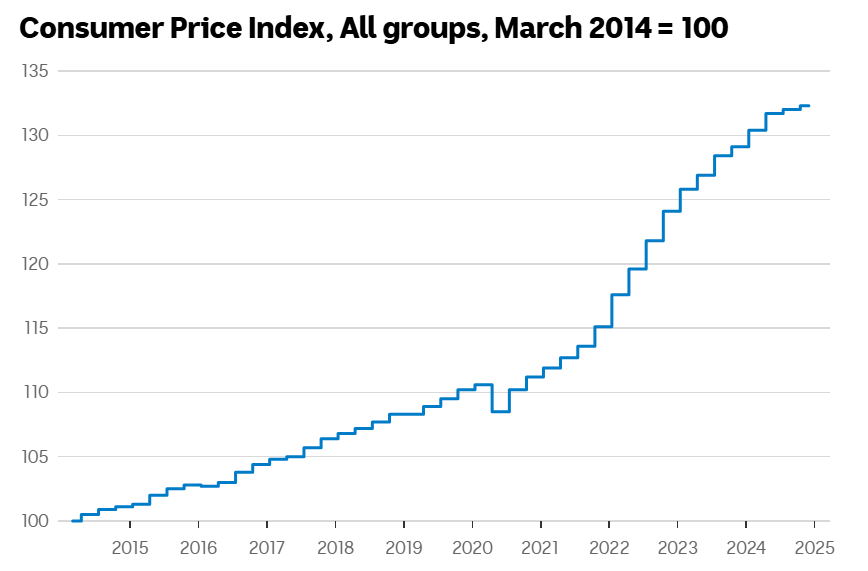Wondering why you're still struggling with cost of living? We'll tell you why!
You might have seen it all over the news - Australia’s inflation (CPI) hit a four year low of 2.1% in June this year, leading to the RBA’s decision to cut the cash rate last week.
And while many Aussies were celebrating this momentary win, you might be thinking… Why does everything still feel so expensive? Shouldn’t the cost-of-living crisis be behind us now?

As a quick refresher, inflation is the rate at which prices of goods and services go up over time.
Between 2020 and 2022, inflation skyrocketed due to economic slowdown coming out of the pandemic, and geo-political tensions globally. But since then, it's been gradually slowing down.

This is a good thing, except if you just look at the CPI graph, it can be a bit misleading - because a falling inflation rate doesn’t actually mean prices are going down, it just means prices aren’t going up as quickly…
The reality is, the prices of goods and services that went up post-covid, never came back down! So if you want to look at cost of living more intuitively, here’s a better representation of what CPI really looked like over the past 10 years.

Yup…each step represents a period where prices are rising, and the bigger the step the faster prices were increasing. The only period where prices actually declined was in 2020 during the covid recession.
So you’re not imagining it, prices do be high and cost-of-living struggles are still very real.

We know, you just want to buy nice things again without feeling guilty. But if prices aren’t coming back down (without a full on recession), how can Aussies escape this cost-of-living jail?
The short answer is: wage growth!
While inflation was skyrocketing after covid, Australian wages were growing at a much slower rate - another reason why stuff felt so expensive. For example, when CPI peaked at 7.8% pa in December 2022, wage growth was only 3.3% pa for the same period.
With higher wages and more disposable income, purchasing everyday goods and services at the new price levels will start to feel more do-able. But the RBA governor warns it will probably take some time for wage growth to catch up.
For now, Aussies might need to continue tracking expenses and perfecting their budgeting skills!
Disclaimer: All information contained in the Flux app, www.flux.finance, www.joinflux.com, app.flux.finance and any podcast of Flux Media Pty Ltd (ABN 27 639 804 345) is for education and entertainment purposes only. It is not intended as a substitute for professional financial, legal or tax advice. While we do our best to provide accurate information on the podcast, we accept no responsibility for any inaccuracies that may be communicated.
Flux does not operate under an Australian financial services licence and relies on the exemption available under section 911A(2)(eb) of the Corporations Act 2001 (Cth) and ASIC RG 36.66. Flux Technologies Pty Ltd provides general advice on credit products under our own Australian Credit Licence No. 530103.
Sign up for Flux and join 100,000 members of the Flux family